The Joy of Baking at a Very Cool School
Founder Clémence's French roots and childhood passion for dessert spawned a popular Santa Monica cooking destination
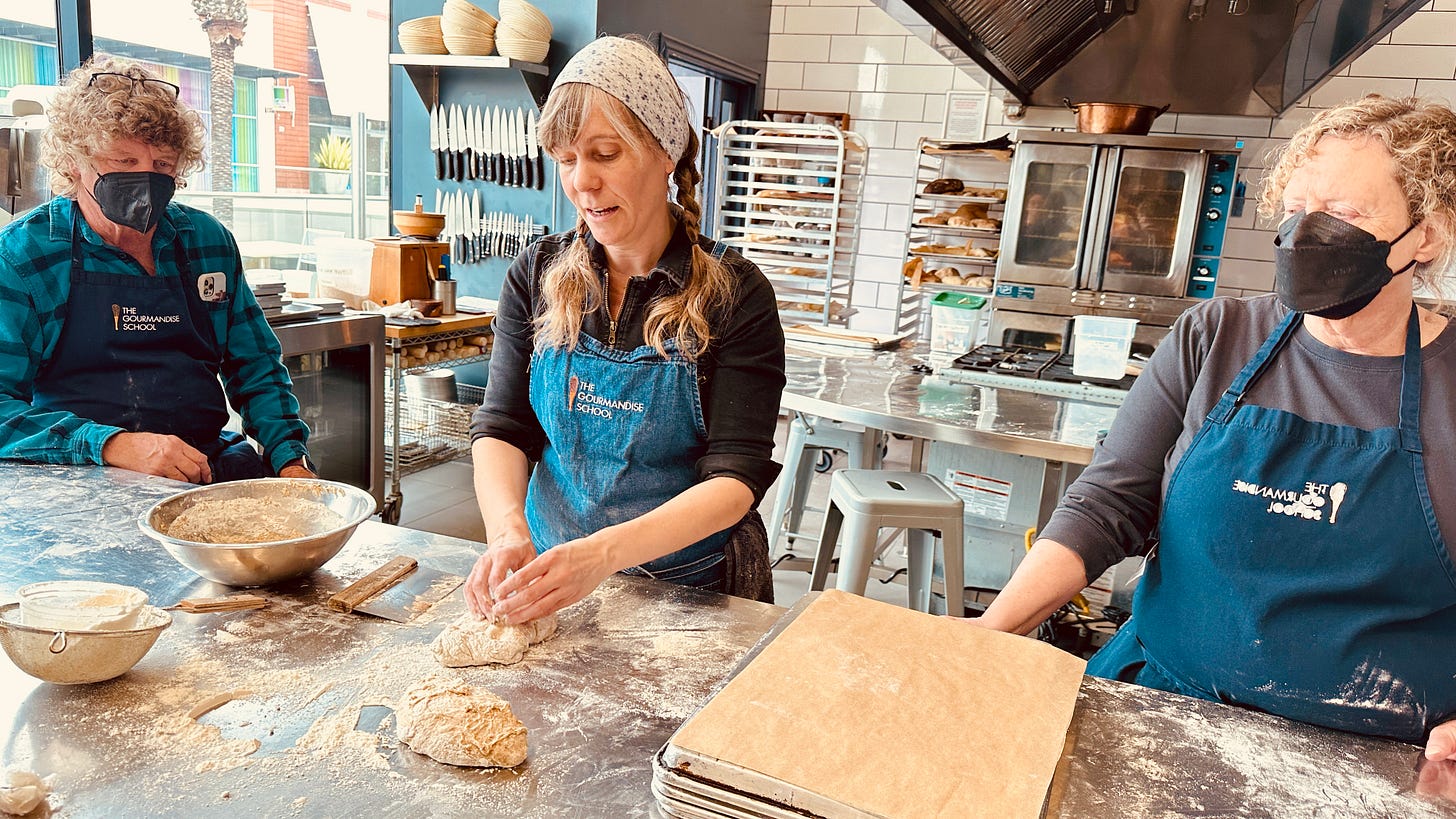
Often when I cook or bake, it’s a solitary activity—just me in my kitchen puttering around the stove. But sometimes it’s nice to have company—and to be inspired to attempt something outside my comfort zone. It was this quest for fellowship and new ideas that first led me to The Gourmandise School of Sweets & Savories in Santa Monica some years back. And that’s where I met Clémence de Lutz (formerly Gossett), one of the school’s original founders.
At this popular culinary hotspot, located on the third floor of an upscale outdoor mall just a few blocks from the Pacific, there are classes for everyone from beginners to professional cooks, as well as kids and teens. You can find courses on everything from making a southern fried chicken dinner to cheesemaking to crafting chocolate bars from cocoa beans to making croissants, pizza, holiday cookies or pies, or diving into Thai, Japanese or Mexican dishes to whole series on French patisserie or baking fundamentals.

For me, the biggest draw has always been the baking classes, which are mostly the province of Chef Clémence. In early 2023, inspired by a trip to Paris and the memory of the sumptuous baguettes we indulged in each morning, I signed up for a six-hour Baguette, Épi and Fougasse class. It was a gas and I learned a lot and came home with bags full of freshly baked bread and dough to make some more.
Some teachers are made and others are born. Clémence is one of the latter. She makes you feel like you can do what initially seems impossible—like stretching and slapping wet, sticky dough into a pliable state and then forming it into loaves that, while Parisians may quibble, will still make you très hereux. Along the way, our class of 10 or 12 students learned about the history of wheat, the nutritional benefits of whole grain flour compared to refined varieties, how yeast reproduces (asexually for the most part), and that wheat and gluten aren’t dirty words—unless you’ve got wheat allergies or celiac disease.
“There’s a lot of bad PR for wheat,” Clémence told us. “But wheat is one of the world’s most perfect foods and, when combined with a legume, grains (like wheat), offers us everything we need in order to survive.”
With our hands dipped into a doughy mix of wheat, water, yeast and salt, we were inclined to agree!
An origin story that began at a French country inn
After taking several classes with Clémence—including holiday cookies, summer pies and a virtual pasta-making class—I was curious to learn more about her background, her love of baking and how The Gourmandise School of Sweets & Savories came to be. She made some time to talk about it.
Born in Paris of French parents and raised in both France and the U.S., Clémence spent summers during her childhood visiting her paternal grandparents’ country inn in a tiny southeastern French town called Saignon. Her grandparents put her to work washing dishes in the “dish pit” and doing other kitchen chores but couldn’t help noticing her insatiable passion for dessert, especially chocolate.
“I just have very strong affinity for everything chocolate. I love dessert, but no one in my family really baked—and so I had to do it.”
She’d been given a copy of Jacques Pépin’s classic, La Technique.
“That’s basically where I learned to bake,” Clémence said. At 11, she came up with a chocolate cake recipe and was thrilled when her grandmother put it on the dessert menu.
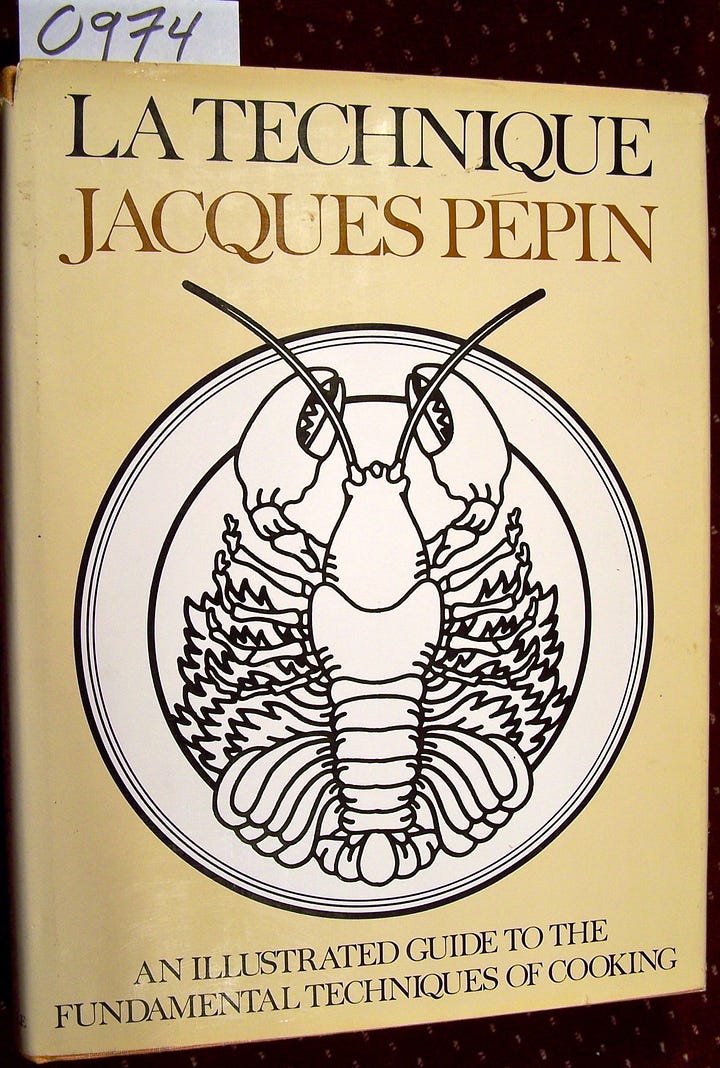
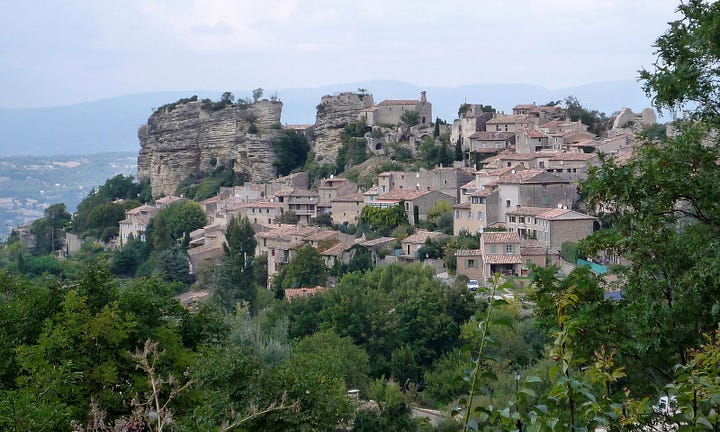
“I remember looking up from the dish pit at people eating my cake. That was an incredible feeling.”
A decade or so later, working in theatrical marketing at the Fox Studios in Los Angeles and already the mother of a little boy, Clémence started selling cookies out of her cubicle to her colleagues on Fridays. After her second kid, she left, continuing to freelance at the studio, but also throwing herself into her baking enterprises. She rented a commercial kitchen and began selling cookies, brownies and muffins to local coffee shops and grocery stores and French desserts to Petrossian, a restaurant/boutique famed for its caviar.
Then she came up with a toffee, cranberry and oatmeal cookie that was wildly popular (you can find the recipe here). When she brought some to a friend’s birthday party, she was “discovered” by the producer of a popular local radio show, KCRW’s Good Food, hosted by Evan Kleiman and invited to be a guest.
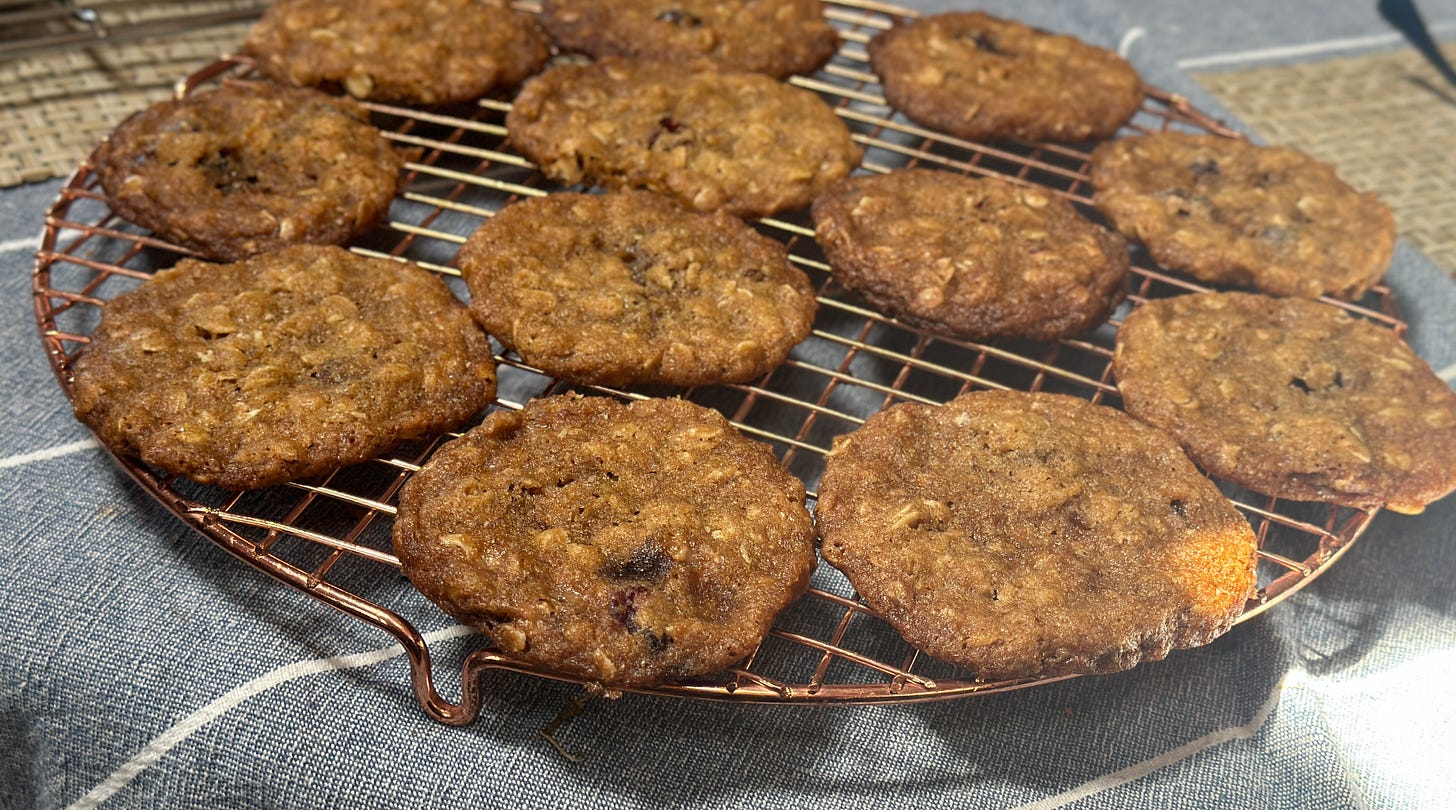
“That sort of changed my life,” she said. “It was a boost of confidence that gave me some validity.”
That was almost 20 years ago, and some of the details that followed are a blur, Clémence said. She quit her day job, started teaching, took her children, then numbering two (later there was a third), with her to sleep on improvised beds while she baked nights in her rented catering kitchen, dropped the kids off preschool the next day, delivered the baked goods, and grabbed a few hours of sleep. She also began teaching classes once a week, leading to a regular gig at a culinary school.
Where did the love of teaching come from?
“I’m a pretty shy person. I’m an introvert,” she said. “But I’m fine when I’m teaching because I really, really love it.”
But Clémence wanted to do her own thing—to teach not only the recipes but the science behind the food and ethical, local sourcing of ingredients—the way she grew up and learned to eat and cook.
“Knowing where food comes from and how it’s made has always been a part of my life,” she said. That was true at her grandparents inn and also at her parents’ family farm in Charlottesville, Virginia. She’s a bit of an evangelist on the subject.
“When you live in a small place—like in this small village where our restaurant was—and the people who grow your stuff are depending on you to purchase things from them, and you know them, it's just really important to support your neighbors. … It’s not just about thriving, it’s surviving.”
Clémence began renting space around town to share her recipes and philosophy, gamely toting ingredients and equipment (including a KitchenAid mixer!) around in the basket of her bicycle—at the time, she couldn’t afford a car. Finally in 2011, with a partner, she opened The Gourmandise School in a 900-square-foot space in the newly remodeled Santa Monica Place shopping center.
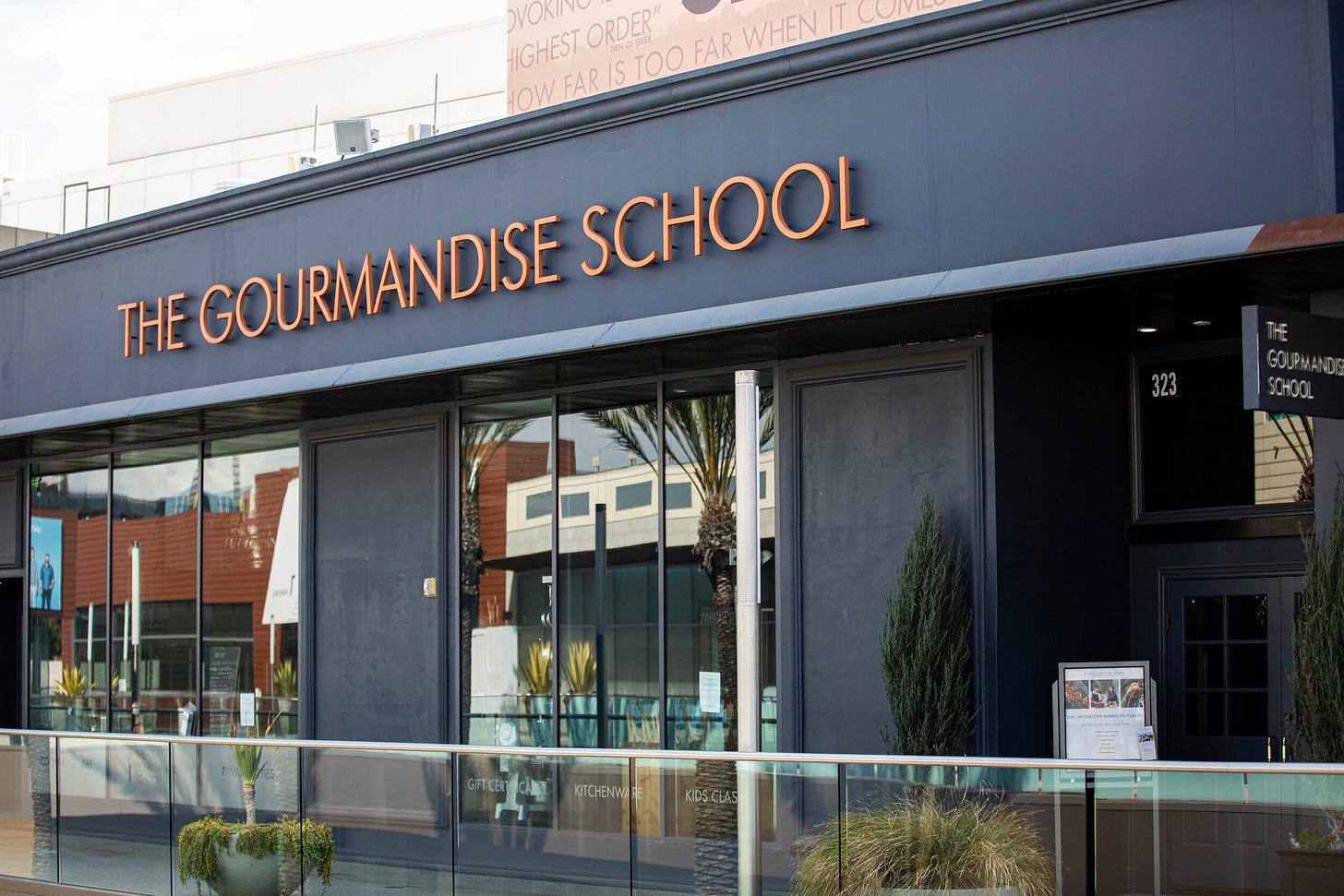
After her partner left to pursue other opportunities, Clémence found current partners/owners, Sabrina Ironside, and Claire Hutchens. Each of them has her own area of expertise, with Clémence handing the culinary side, Sabrina the marketing and Claire overseeing operations.
The school expanded and moved to larger quarters that include a small retail store that carries products they believe in. Here are a few: organic dairy from Straus Family Creamery, small-batch chocolate from Tcho, fair-trade, locally sourced seafood from Get Hooked, and whole-grain flour from Grist & Toll, the first urban flour mill based in L.A. in a century.
Though a lot of companies want to partner with the school, the owners are pretty choosy, Clémence said. Ethics are always part of the mix.
“There’s nothing else that matters to me more than being kind, so if that means that’s how we source things, I believe we should all be accountable. Every purchase that we make has a direct impact on someone’s well-being and ability to provide for their families. So when we source ingredients, I always have that in mind.”
One reason Clémence picked the school’s location was that it was walking distance to the widely acclaimed downtown Santa Monica Farmers Market, where she’s shopped for the past 25 years and sources much of the produce used at Gourmandise.
“I know the farmers well. I visit their farms. I take their kids for the summer. They take mine.”
Pandemic blues
The school was thriving when the pandemic hit in 2020, forcing the owners to cancel in-person classes and lay off most of the staff.
“It was awful,” Clémence said. “We were closed for almost a year.”
“Did you think you wouldn’t make it?” I asked.
“Everyone who works in food thought they wouldn’t make it—everyone,” she said.
But the Gourmandise owners rose to the occasion and began offering online classes, and restless homebound cooks and the culinary curious signed up. You can find links to some excellent zoom lessons that helped keep the school afloat, including recipes and videos for brioche and babka, challah and sourdough bread.
In-person classes are back these days, with many filling up quickly, but you can still find one or two virtual ones on the Gourmandise School website, including a bargain-priced French macaron class coming Sept. 21
With the Jewish High Holidays arriving next month, I’ve signed up to take a new class with Benedetta Guetta, author of Cooking alla Giudia: A Celebration of the Jewish Food of Italy. And there are many more tantalizing offerings on the site, not only with Clémence but with the other excellent teachers. If you’re in the area—or even if you’re not—check out The Gourmandise School website here.
Some outtakes
On teaching kids:
“We find that kids are great because they don't have any fear. We don’t dumb it down. There’s a kids Chinese dumplings class. We teach all the same recipes as the adults. It’s the same thing with French macarons. They come into class and they don't have any expectations or anxiety around stuff. They’re more present, I find that we teach them about food and then they teach their parents. That’s really powerful. They say, ‘I love that cookie! It’s made with whole wheat flour! Whole wheat flour has so much flavor!’”
On teaching people to work with their hands:
“I definitely want people to know what the dough feels like, rather than just to dump everything and turn the mixer on. Like pie, for example. The success of pie is making sure you don’t overwork (the dough). That’s very hard to do when you put it all in a machine—so I try to teach everything by hand, unless you’re creaming butter and sugar.”
For home cooks who want to up their bread game:
“I would say start with something easy. Don’t tell anybody what you’re making. Have zero expectations. Use a scale to measure things out rather than a measuring cup, and just make a really simple version of what you want to do. If it’s your first time ever making bread, make focaccia. It’s a sheetpan bread. It doesn’t require a ton of skills. Even if you have more experience, underpromise and overdeliver. You want to really be proud of yourself.”
On her favorite cookie:
“Nothing makes me happier than chocolate chip cookies. There's nothing on the planet I love more than that.”
Here’s a link to the school’s Classic Chocolate Chip Cookie recipe.
Fougasse Recipe
And finally, getting back to the class I took, below is a video of Clémence shaping fougasse, a flatbread typically associated with France’s Provence region. Clémence said she grew up baking it in her grandparents’ kitchen. “It’s a bread with a lot of negative space,” she said.
“In the old days when you would have a community oven, it (was) and is actually a temperature gauge. It bakes up in a couple of minutes and by putting it in right away, there’s so much surface area, you know whether the oven’s too hot or too cold. So it’s a great care and share bread.”
Here’s the recipe provided by The Gourmandise School. It really helps to take a class to learn the stretching and folding technique. I still feel like a rank amateur, but, like everything else, it takes practice and persistence. A few classes and a lot of encouragement do help!
FOUGASSE RECIPE
Yield: 2 loaves
12-hour Poolish1
50 grams spelt flour2
70 grams warm water (about 60 degrees Fahrenheit
A pinch of instant yeast (like SAF red)
Mix all ingredients and leave at room temperature, covered, for 12-14 hours.
DOUGH
155 grams warm water (about 80 degrees F)
All of poolish
2 grams instant yeast (like SAF red)
225 grams all-purpose flour
25 grams rye flour
20 grams honey
5 grams salt
225 grams all-purpose flour
25 grams rye flour
20 grams honey
5 grams salt
5 grams salt
Break the poolish up into the water. Add the yeast. Stir in the flours and salt and mix until just combined. Cover and let bulk rise at room temperature for 2 hours, stretching and folding every 45 minutes in three stages.
SHAPING
Divide your dough into 2 pieces. Let these rest for 5 minutes. Shape each dough into a disc about 3 inches thick and place on a flat baking sheet or peel lined with parchment paper. Using a blade, cut out the pattern of a wheat stalk. (Note: If you want, sprinkle with olives, rosemary, thin strips of potato, onion or herbs and spices you like.)
BAKING
Heat the oven to 500 F and use a baking stone. Slide a piece of parchment paper onto the baking stone. Bake for about 15 minutes. Cool and eat!
Thanks so much for reading, liking, commenting and subscribing. If you enjoyed this post, please share with a friend or two. Maybe they’d like to take a class!
See you soon!
Ruth
A poolish is similar to a sourdough starter but made with flour, water and commercial yeast instead of natural yeast.
All measurements in this recipe are in grams, which are generally considered more precise than other measures, like cups, ounces and teaspoons. For those without a scale, you can google the equivalent and hope the recipe works out.



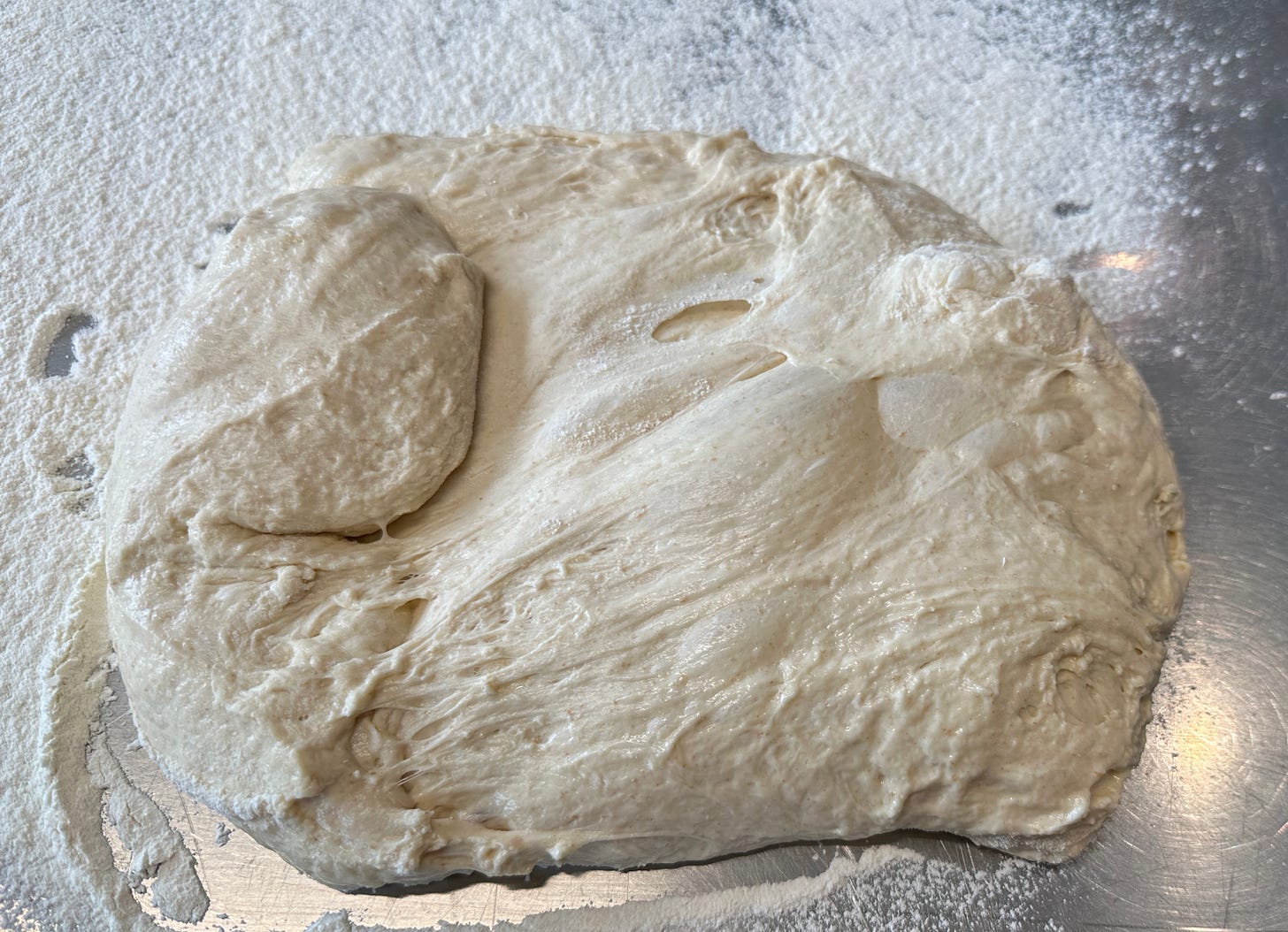

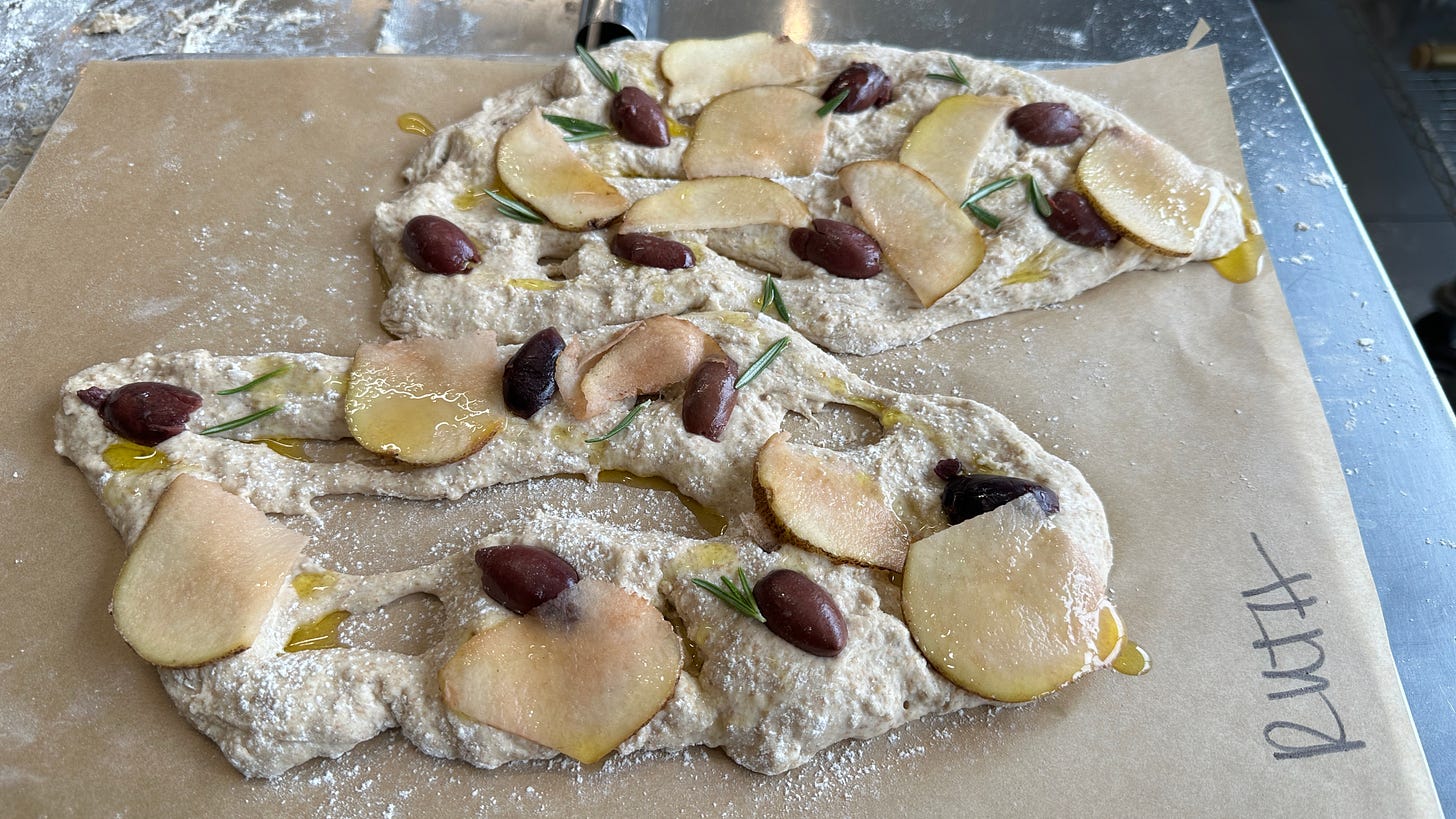
What a beautifully written piece, Ruth, and I love Clémence’s story. Everything looks so delicious, I envy you taking these classes! 🥖
Truly enjoyed Clemence’s story and accompanying photos and recipes! Well done, Ruth.